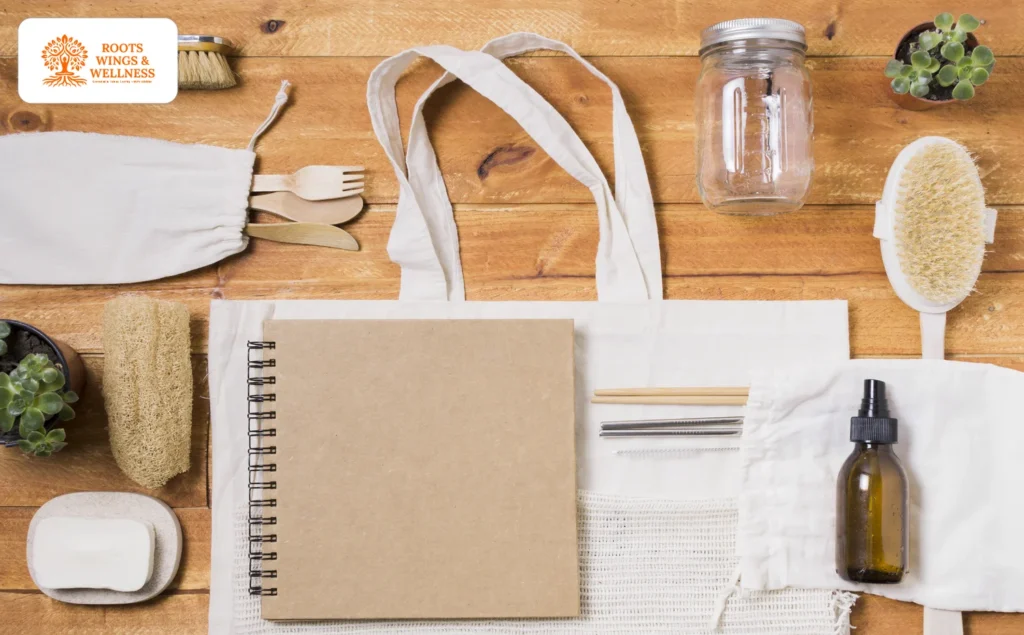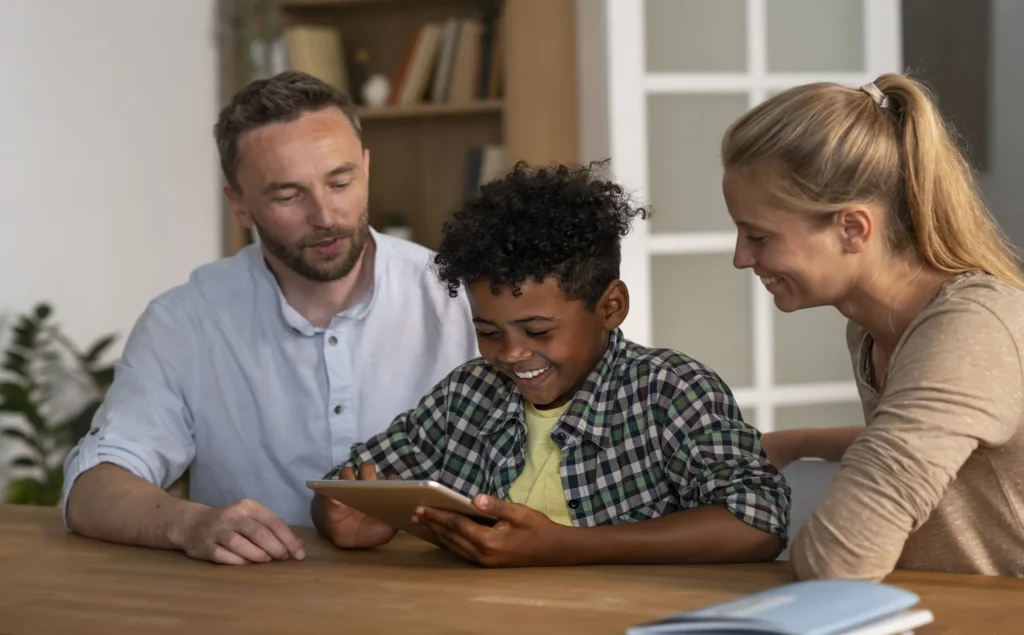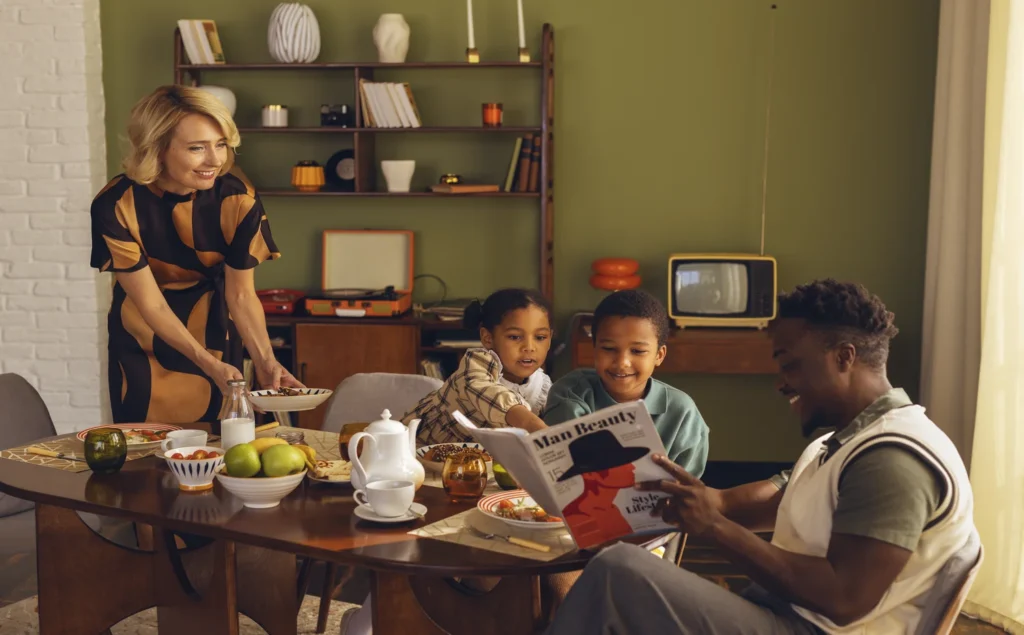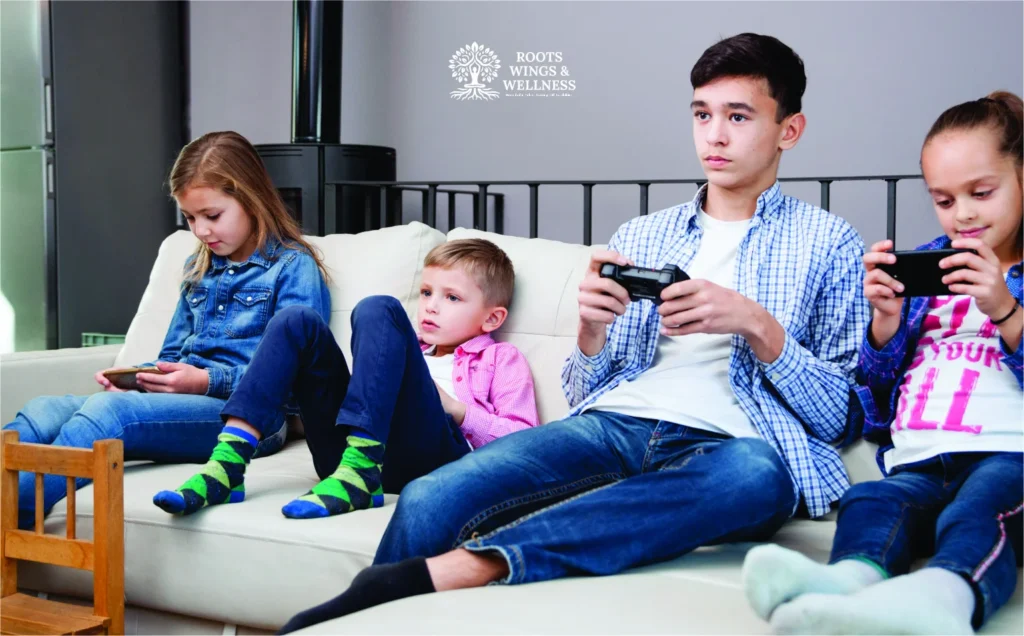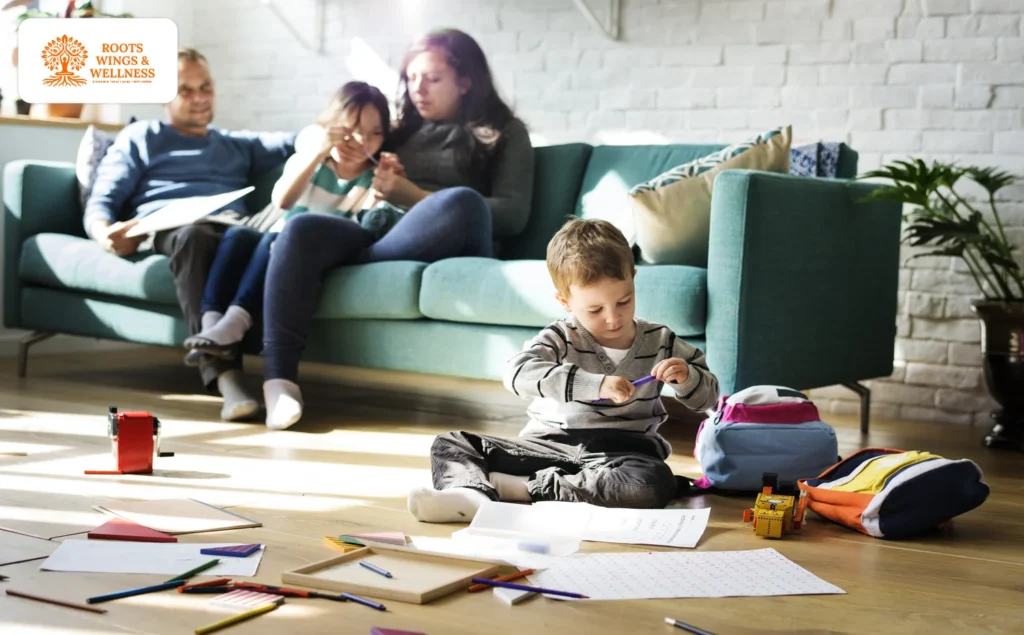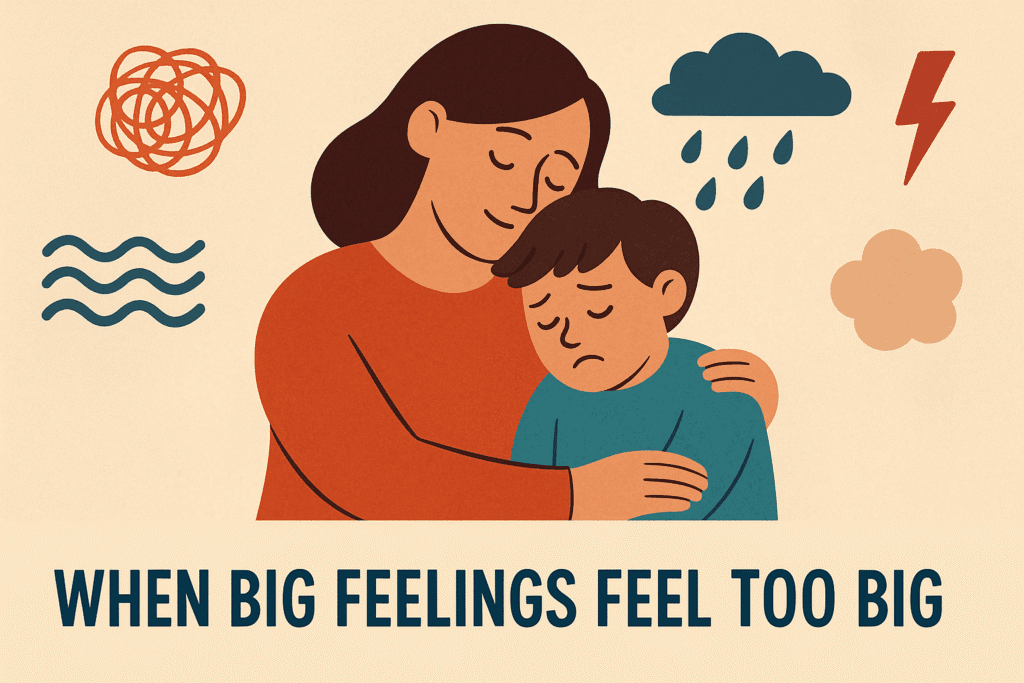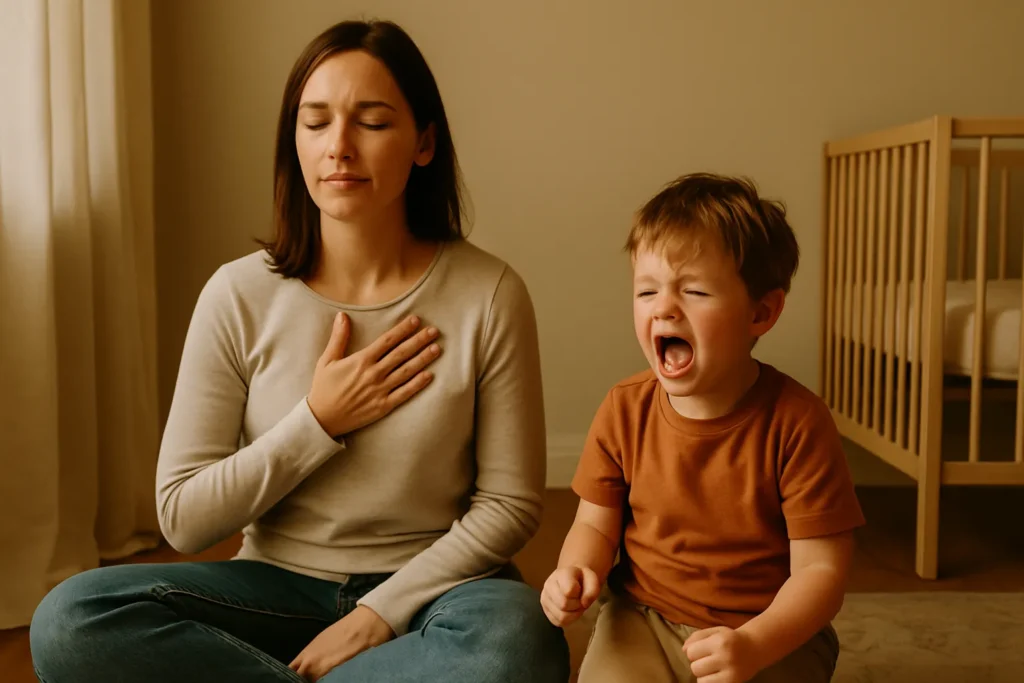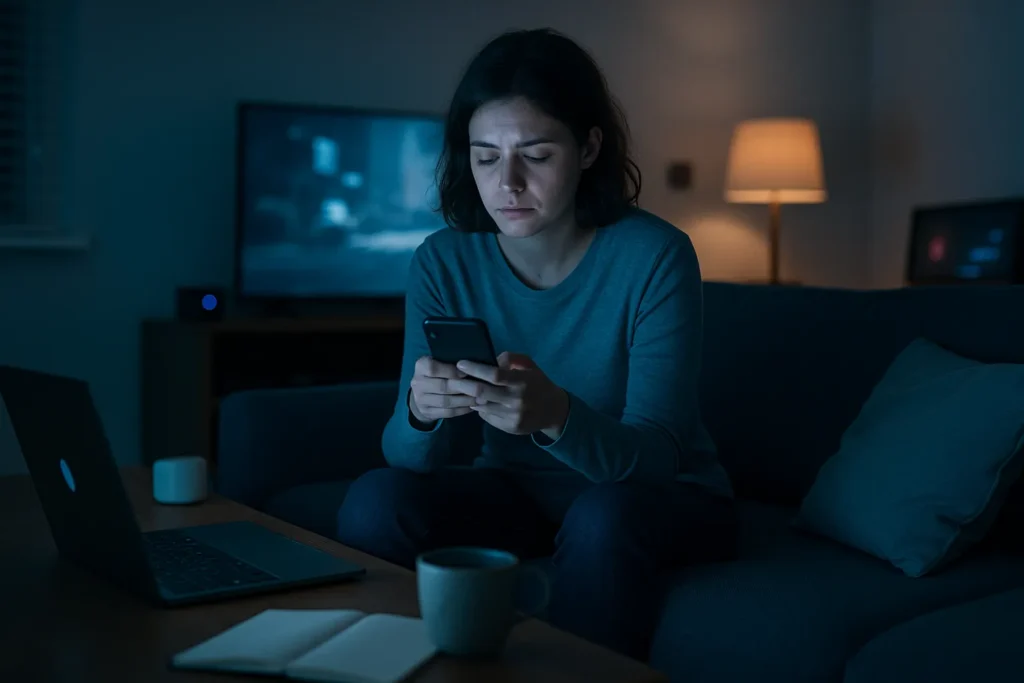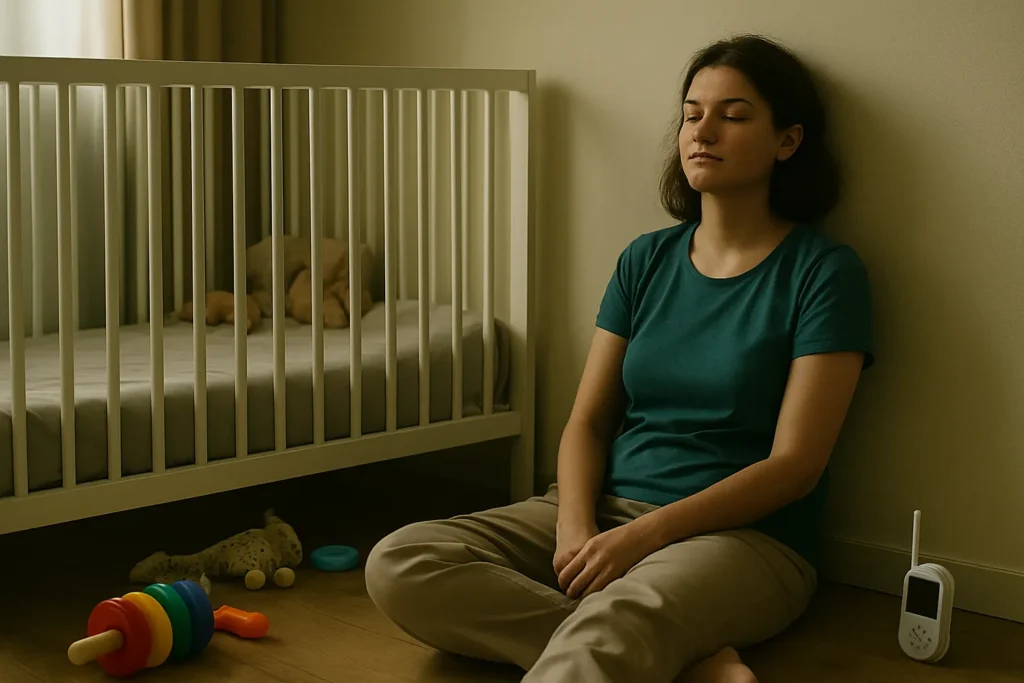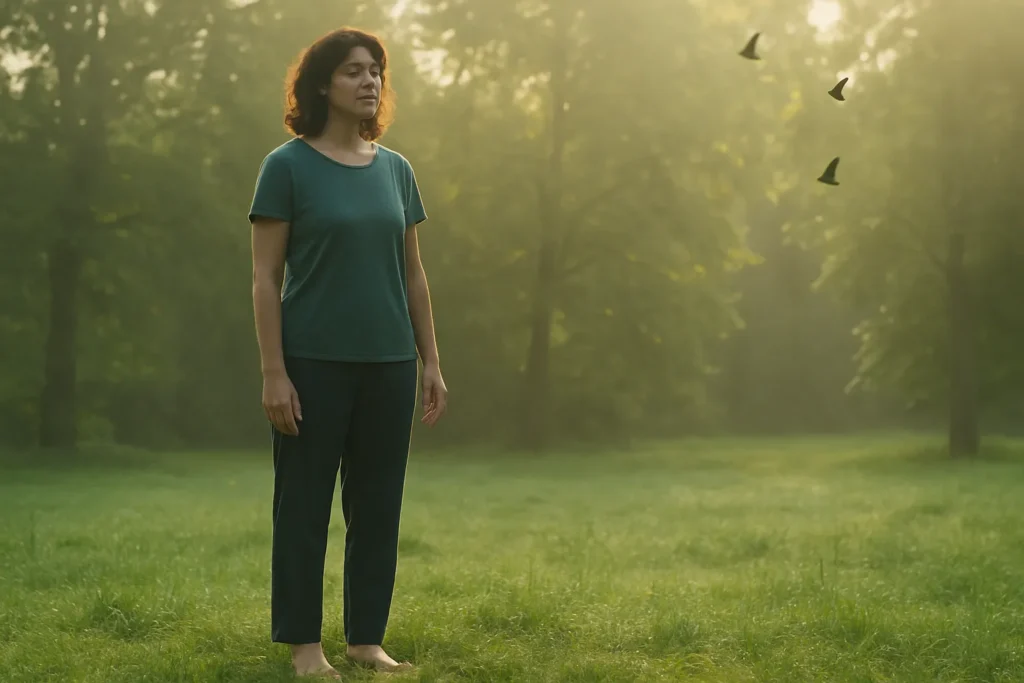How Play Shapes Child brain development
Picture a toddler stacking blocks while muttering to themselves. To a casual observer, it might look like a simple game. But if you really watch, you’ll see concentration, trial and error, problem-solving—and maybe even a proud smile when the tower stands tall.
That’s the beauty of play activities. It’s not just a way to pass time—it’s the secret language of childhood, a form of learning that doesn’t feel like learning. And honestly? It’s how kids build their brains.
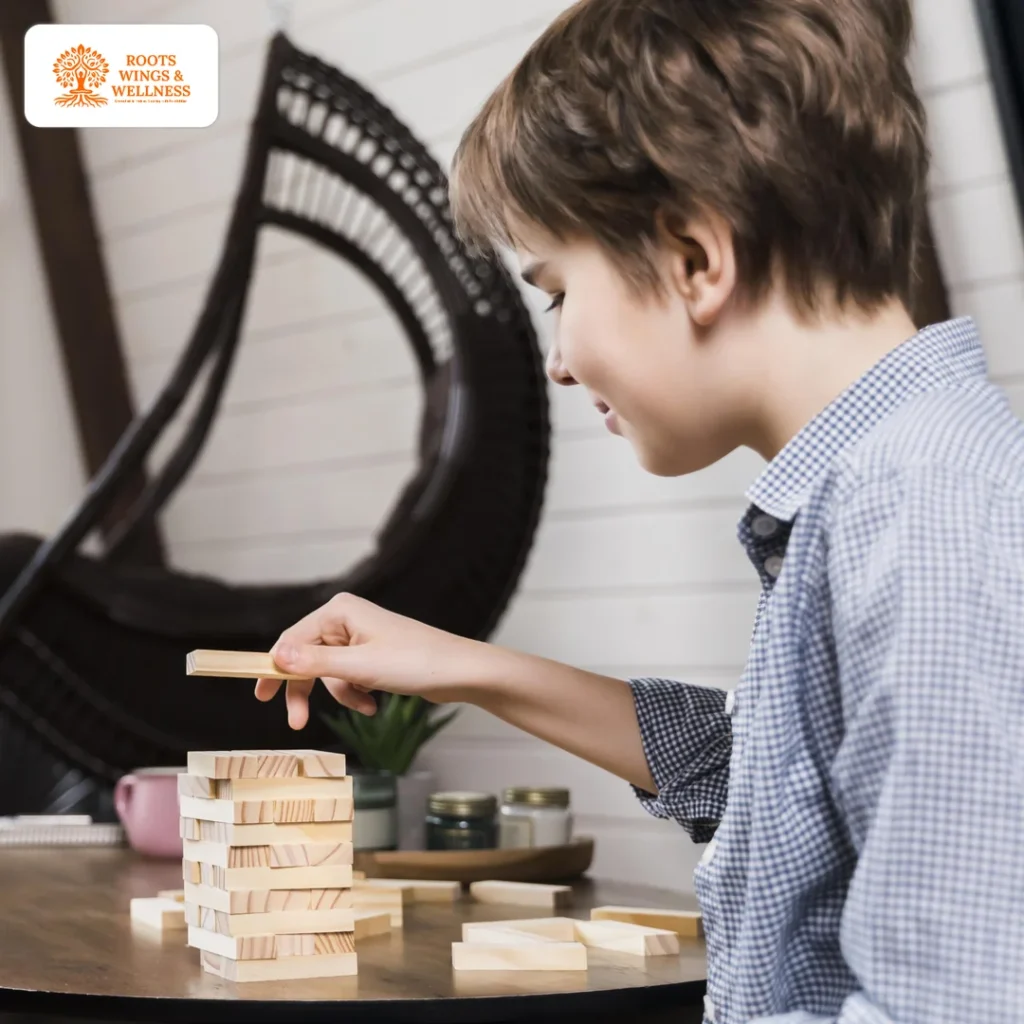
From the moment babies start grabbing toys or making silly faces at the mirror, play becomes the way they explore the world, connect with others, and make sense of big emotions. Whether they’re pretending to be superheroes or building forts out of cushions, every moment of play is hardwiring their brain for curiosity, creativity, and resilience.
Check out the blog to know Effects of Screen Time on Kids
And the science backs this up. According to developmental psychologists and Child brain development researchers, play stimulates neural pathways, builds stronger memory, and enhances emotional intelligence. One study published in the Journal of Pediatrics even found that regular, unstructured play improves kids’ ability to adapt, concentrate, and problem-solve. (Source)
But in a time when screens are everywhere—sometimes even used as babysitters—it’s easy to forget that no app or gadget can replace the brain-boosting magic of hands-on, imaginative play.
Table of Contents
Why Play Isn’t Just Fun—It’s Foundational
We often say “Let the kids play” like it’s a reward, a break from real learning. But what if we flipped the script?
What if play was the real learning?

Because it is. Play is how kids build the skills that matter most—not just for school, but for life. It’s how they learn to think through problems, regulate emotions, empathize with others, and trust their own ideas.
Here’s what happens during meaningful, child-led play:
- Cognitive skills get sharper as kids remember rules, sort, solve, and experiment.
- Emotional intelligence grows when they feel frustration, joy, or teamwork—and learn to manage those emotions.
- Creativity flourishes as they imagine different worlds, invent characters, and ask endless “what if” questions.
- Physical skills improve through climbing, jumping, running, and dancing—developing motor coordination and strength.
But maybe the most fascinating thing? Just one hour of free play a day can rewire a child’s brain.
Yes—just one hour.
Neuroscience shows that kids who have at least 60 minutes of open-ended Play daily have better focus, stronger memory, and more emotional adaptability. It’s not about structured worksheets or endless flashcards—it’s about letting them explore, imagine, and move.
And that hour? It can happen at home, at the park, in the backyard, or even under the dining table in a fort made of sheets.
Research published in the Journal of Pediatrics suggests that children who engage in regular Play activities for learning show improved academic performance, stronger communication skills, and greater adaptability to new challenges.
Parenting in digital age : How to Teach Kids Empathy and Kindness
Best Play Activities for Boosting Cognitive Development
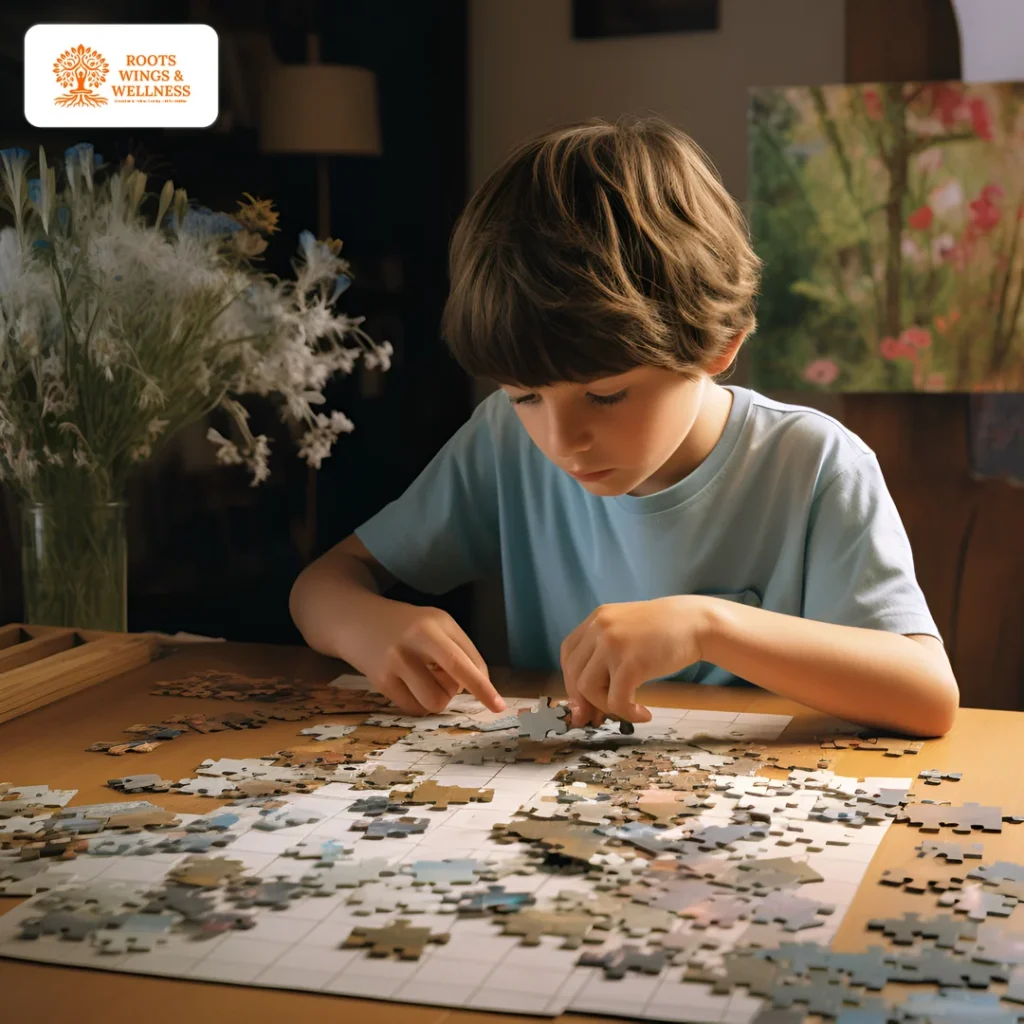
You know that sparkle in a child’s eye when they figure something out on their own? That’s cognitive development in action—and it often starts during play.
Play activities for learning that challenge the brain help children develop essential skills like memory, focus, reasoning, and problem-solving. And the best part? They don’t even realize they’re “learning.” They’re too busy having fun.
Here are a few tried-and-true play ideas that nurture those growing minds:
🧩 Puzzle Play: Little Brains at Work
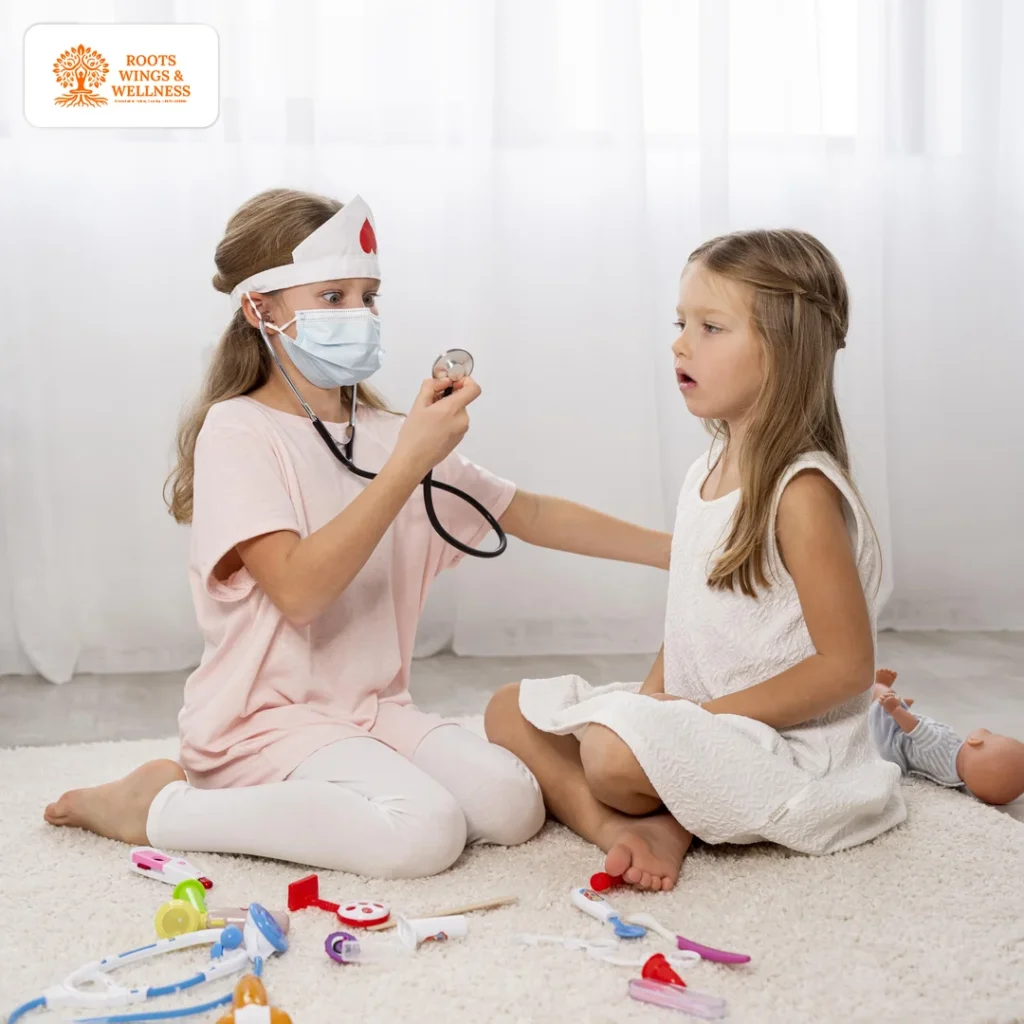
Think jigsaw puzzles, pattern games, and logic challenges. These aren’t just time-fillers—they’re brain builders. As children sort pieces, rotate shapes, and complete a picture, they’re strengthening spatial reasoning and developing patience.
A study published in the American Journal of Play found that early puzzle use is linked to better math skills and visual-spatial abilities down the road. So yes, that 12-piece farm animal puzzle? It’s more powerful than you think.
Experts emphasize that play is the foundation for emotional intelligence, which is essential for success in both personal and professional life.
🧠 Memory Games: Strengthening the Mental Muscles
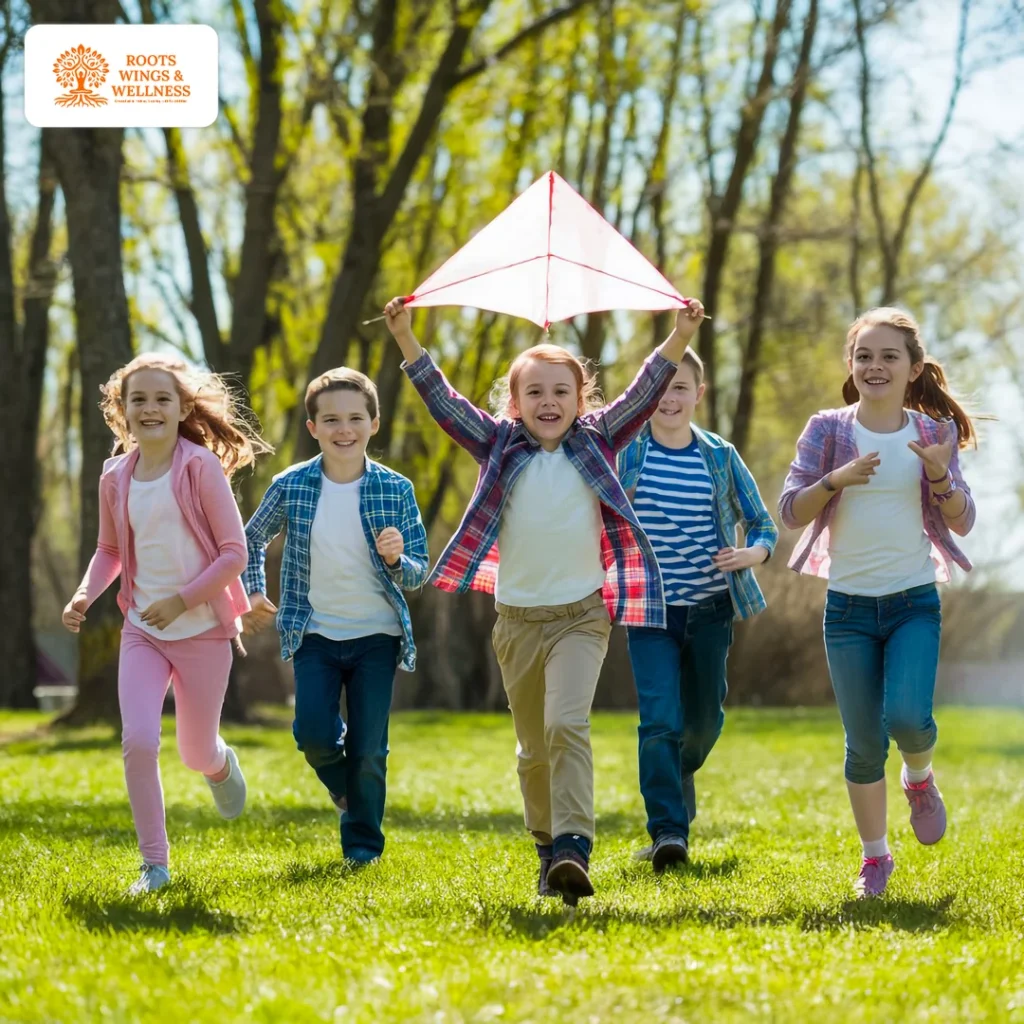
Matching cards. “What’s missing?” games. Even storytelling where the child recalls what happened next.
These playful challenges are amazing for working memory and neural connectivity. When children practice remembering and sequencing, they’re not only reinforcing what they’ve learned—they’re teaching their brains how to learn.
According to a study in Developmental Science, kids who regularly engage in memory-based play show increased hippocampal development—that’s the part of the brain responsible for long-term memory.
🏗️ Building Blocks & Construction Sets

Give a child some LEGO bricks, magnetic tiles, or even wooden blocks, and watch their imagination take off.
What they’re also building?
- Planning skills
- Motor coordination
- Early engineering concepts
- Perseverance through trial and error
Kids who regularly engage in hands-on building activities tend to be more confident problem solvers, even when the solutions aren’t obvious. It’s no surprise that many STEM professionals trace their curiosity back to childhood play with blocks and models.
Top 15 Fun & Creative Family Activities – Indoor & Outdoor Play Ideas
These kinds of Play activities for learning don’t just build brainpower—they also foster executive function: the mental skills we all rely on to plan, focus, and juggle multiple tasks. And helping kids develop these now sets them up for success in school and life.
Physical Play: Moving the Body, Fueling the Brain
When we think of movement, we often think of fitness. But for children, physical play is brain fuel.
Every jump, spin, and sprint lights up their nervous system. It builds coordination, focus, and even emotional control. In fact, physical movement is directly tied to development of the prefrontal cortex—the part of the brain that handles impulse control, attention, and decision-making.
Let’s break down some fun, brain-boosting ways to get those little bodies moving—and thinking.
🌳 Outdoor Free Play: Nature as the Ultimate Classroom
There’s something about open skies, messy mud, and unstructured time that just makes kids come alive.
Climbing trees, racing down slides, or inventing games in the backyard aren’t just fun—they’re building motor skills, risk assessment, and creative problem-solving. Studies even show that outdoor play improves attention spans and reduces stress in kids.
Plus, nature invites storytelling and imagination in a way that indoor environments sometimes can’t. A stick becomes a sword. A rock becomes treasure. A tree stump? That’s the dragon’s throne.
The freedom of outdoor play helps children become more adaptable and independent—qualities they’ll carry far beyond childhood.
🌀 Obstacle Courses & Movement Games: Whole-Body Thinking
Set up a simple course at home: crawl under the table, hop over a pillow, spin three times, balance on one foot.
What seems like silly fun is actually serious brain work. Activities like these improve:
- Spatial awareness
- Coordination
- Focus and follow-through
Plus, it teaches sequencing (“first do this, then that”), which supports math and reading skills. According to pediatric experts, children who regularly engage in movement-based play perform better in academic settings thanks to improved executive function.
🤾♂️ Group Games & Sports: Play with a Purpose
Team games—whether it’s soccer, cricket, or freeze tag—aren’t just about physical strength. They teach strategy, patience, teamwork, and resilience. These are the life lessons that shape character.
Win or lose, children learn:
- How to collaborate
- How to manage disappointment
- How to persevere through challenge
Research in the Journal of Sports Sciences shows that group sports significantly boost social awareness, problem-solving, and emotional self-control in kids.
And you know what? Sometimes, the best lessons come from that one muddy game where no one remembered the score—but everyone left smiling.
How to Bring Play and Learning Together at Home
You don’t need fancy toys or Pinterest-perfect setups to create a play-rich environment. Most of the time, your child just wants you, your presence, and a little space to imagine.
Here’s how to make learning feel like second nature—woven into everyday life.
🍳 Turn Ordinary Moments into Learning Opportunities
- Let your child sort fruits by color during grocery prep.
- Turn setting the table into a counting game.
- Create a silly story while brushing teeth (“Once upon a time, there was a dragon with sparkly clean fangs…”)
Small, playful twists on routine spark curiosity and deepen learning.
🎨 Build a Creative Corner (and Let It Get Messy)
Dedicate a small area for art, dress-up clothes, or loose parts (think buttons, sticks, string).
Encourage them to invent, build, and explore without a script.
Unstructured play time is where creativity truly blossoms. It’s in the boredom that magic often happens.
⏳ Balance Screen Time with Real-World Fun
Yes, tech has its place. But it shouldn’t replace play.
Set a rhythm that includes:
- Board games
- Craft time
- Physical activity
- Quiet reading or pretend play
Want ideas that the whole family can enjoy together? Check out our guide on 15 Fun & Creative Family Activities—it’s full of low-pressure, high-connection ideas to bring joy back into your daily routine.
🌱 Encourage Independent Play (Even if They Complain at First)
It’s okay for your child to feel “bored.” That’s actually a gateway to creativity. Give them a few simple tools and space, and you might be surprised by what they come up with.
Remember, you’re not just filling time—you’re helping build a mind that knows how to engage with the world, not just be entertained by it.
Conclusion: Play Isn’t Just a Childhood Thing—It’s a Lifelong Gift
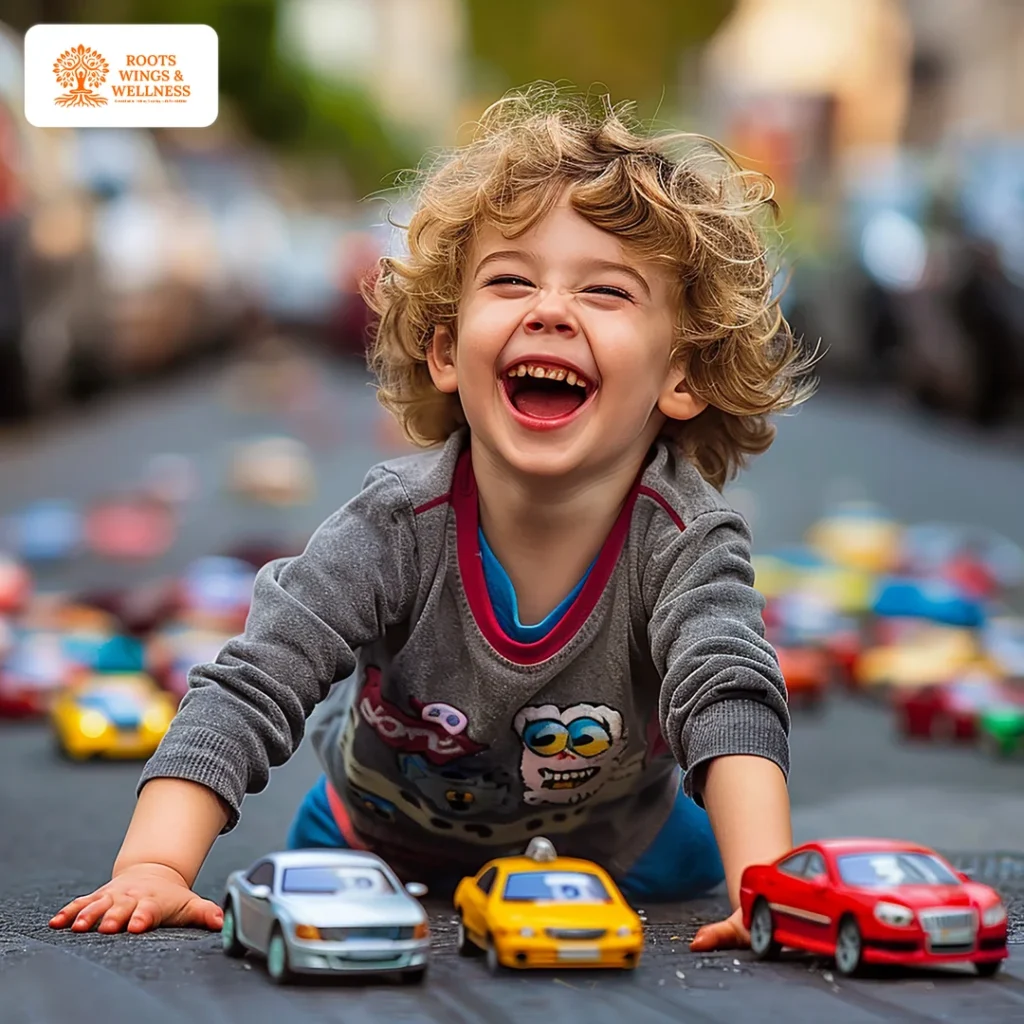
If you’ve ever watched your child fully immersed in a game—eyes bright, body moving, brain buzzing—you’ve seen real learning in action.
Because here’s the truth: play isn’t extra. It’s essential.
Every puzzle solved, every fort built, every wild story invented during pretend play—it’s all sculpting your child’s mind, shaping how they think, feel, and relate to the world.
As parents, educators, or caregivers, we don’t need to add more pressure to teach—we simply need to protect the magic of play. To carve out time, to create space, and to trust that play activities are not a break from development… they are development.
So whether it’s messy art time, jumping in puddles, building with blocks, or giggling through a game of charades—lean into it.
Because this is where confidence is built.
This is where empathy is born.
This is where the roots of resilience begin to grow.
And if you’re looking to continue nurturing those roots with intention, we invite you to explore more tools and insights on parenting and child development—starting with our blog on Parenting in the Digital Age: How to Teach Kids Empathy and Kindness. It’s the perfect complement to raising thoughtful, emotionally intelligent kids.
Check out our insightful articles on personal growth and wellness at Roots, Wings & Wellness.
FAQ’S
Experts suggest at least one hour of unstructured play daily. This gives the brain time to relax, create, and build essential neural pathways—without pressure or agenda.
Not quite. While some digital tools can support learning, they don’t engage the whole brain the way hands-on or imaginative play activities do. Physical and social play build emotional intelligence, creativity, and motor coordination in ways that screens simply can’t replicate.Not quite. While some digital tools can support learning, they don’t engage the whole brain the way hands-on or imaginative play activities do. Physical and social play build emotional intelligence, creativity, and motor coordination in ways that screens simply can’t replicate.
A mix! Try:
- Cognitive play (puzzles, memory games)
- Social-emotional play (pretend play, puppet shows)
- Physical play (outdoor games, obstacle courses)
Each taps into different areas of child brain development.
Follow their interests! Some kids learn best by storytelling, dancing, or hands-on activities like building or crafting. Let play be flexible—it should fit your child, not the other way around.
It’s easier than you think. Turn chores into games, tell silly stories at dinner, or have a dance party while tidying up. Play doesn’t need to be structured—it just needs space.

